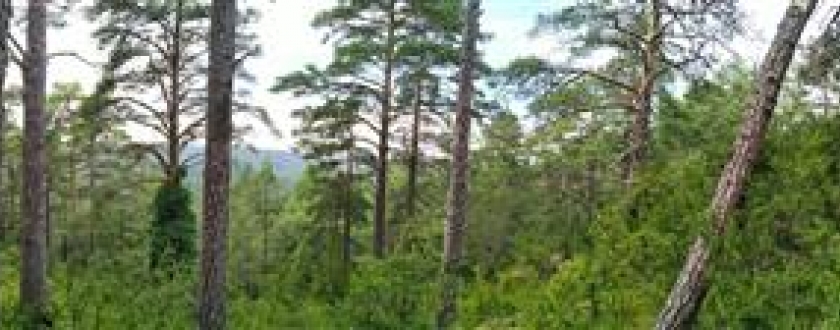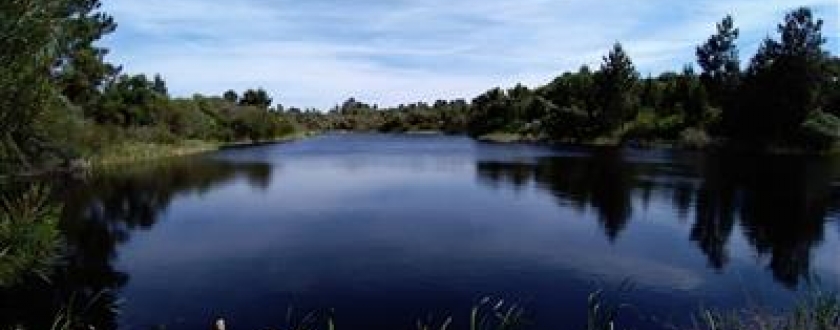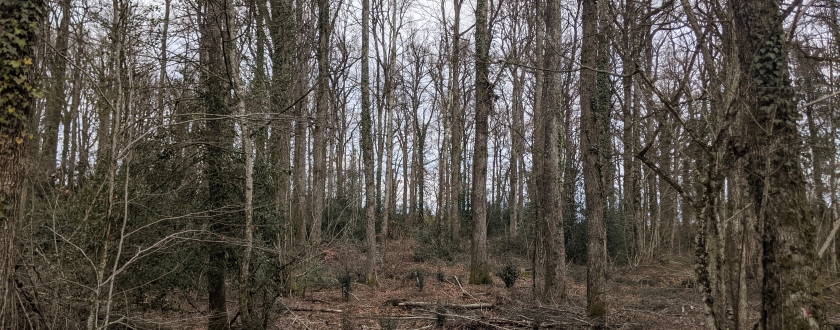CERES (INTERREG SUDOE) SUDOE forest and waterfront ecosystem connectivity
Description of the case study
Ecological connectivity is one of the most important factors in strengthening the resilience of ecosystems to climate change. The CERES project aims to maintain and/or improve ecologically connected networks to improve the biodiversity of various types of forest and riparian habitats in the SUDOE area.
Management and scientific partners are developing a shared method to characterise the quality and ecological quality, and take management actions to improve biodiversity, paying particular attention to awareness-raising among various audiences.
Europe’s south-western landscapes (SWE) are comprised of a mosaic of semi-natural, farm, and forest ecosystems that are interconnected. Flora and fauna species must be able to circulate and complete their biological cycles in their environments and from one space to another. This ecological connectivity between forests and their associated environments requires forest biodiversity reservoirs and corridors that allow different species to circulate or migrate. In some places, human activity has caused the fragmentation of these landscapes, which can affect biodiversity on different scales (within a forest, for example, but also between various forests, along a river, etc.).
The results of landscape ecology research in recent years has allowed for a better understanding of the need to use global focuses to achieve a real and sustainable increase in biodiversity and the connectivity of spaces. This work has also allowed for cause and effect relationships to be established between entropic pressure (land use), environmental pressure (climate change), and the response of different biological communities.
This is the theoretical knowledge acquired over the years that is intended to be capitalised upon within the framework of this project, with the aim of being able to implement concrete actions to improve ecological quality and connectivity for different areas of south-western Europe.
The project is sill being executed, but the following results are expected:
» Developing a common methodology and the selection of a set of indicators to characterise the ecological connectivity and quality of forest ecosystems and waterways in the SUDOE region.
» Carrying out demonstrative pilot actions for the management of natural environments in: Catalonia (Alt Pirineu and Ports), South Central Massif (Gard and Aveyron), Gers, Castile and Leon, and Charente.
» A management directive or recommendations manual geared towards actors involved in the management of riparian and forest ecosystems. This manual will be completed with technical sheets that present a series of practical cases to improve the quality of natural spaces and ecological corridors.
» Communication tools to spread the importance of ecological continuity in riparian and forest environment, while emphasising the importance of quality maintenance managers in these natural areas: explanatory brochure, short videos, social media, press release, weekly bulletin, etc.
Case study developed, implemented, and partly funded as a climate change adaptation measure.
FORESPIR, CREAF, ONF, CRPF, Occitanie, CTFC, Nouvelle-Aquitaine, FUNGOBE ISA, INRA/DYNAFOR, and CESEFOR
Additional Information
The CERES project is promoted by GEIE FORESPIR in collaboration with CREAF, ONF, CRPF Occitanie, FUNGOBE ISA, CTFC, INRA/DYNAFOR, CESEFOR, and CRPF Nouvelle-Aquitaine.
The project is under way. Assessment will be carried out when the project is completed.
The total project budget is €1,272,214.00 and is funded by the SUDOE V programme with ERDF funding of €954,160.50.
The project is part of the INTERREG V SUDOE Programme, specifically action 5 on “Environment and resource efficiency”, focused on compliance with specific objective 6D1 on “Strengthening cooperation between managers of natural spaces in the Sudoe area through development and the application of joint methods.”
02/01/2018 - 31/03/2022 (4 years - in progress)
Reference information
PYRENEAN CLIMATE CHANGE OBSERVATORY
Avenida Nuestra Señora de la Victoria, 8
22.700 - Jaca
Huesca - España
+34 974 36 31 00
info_opcc@ctp.org







